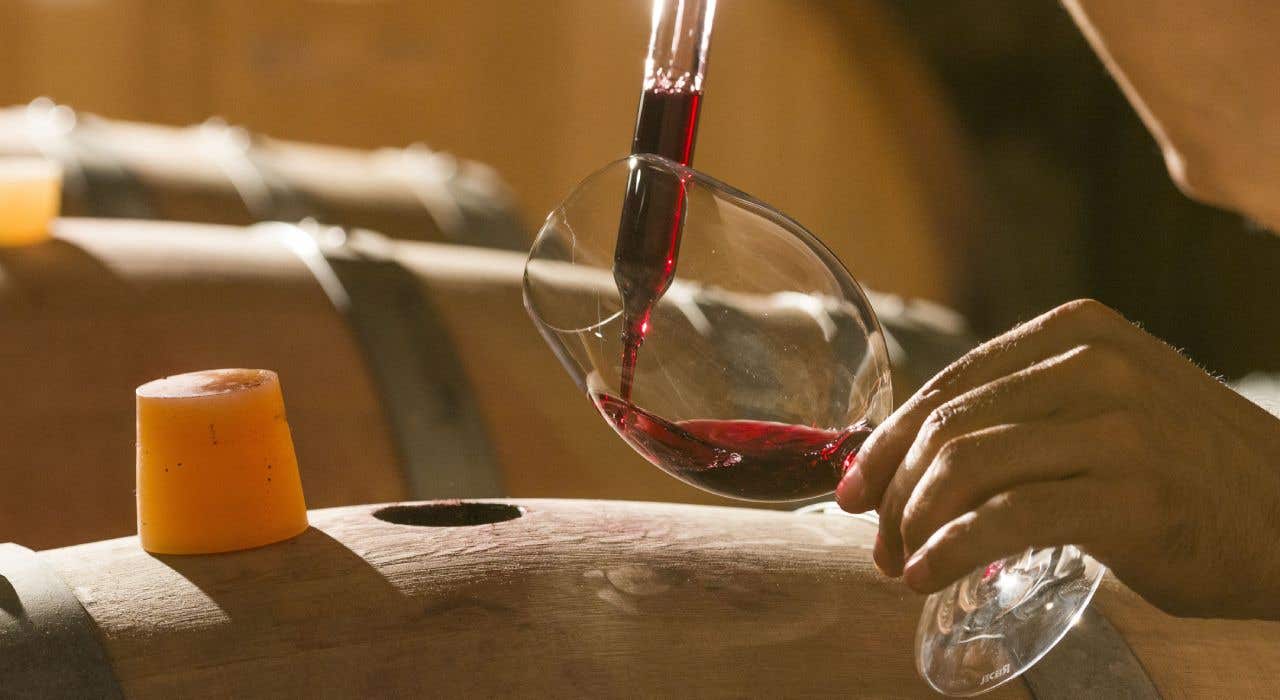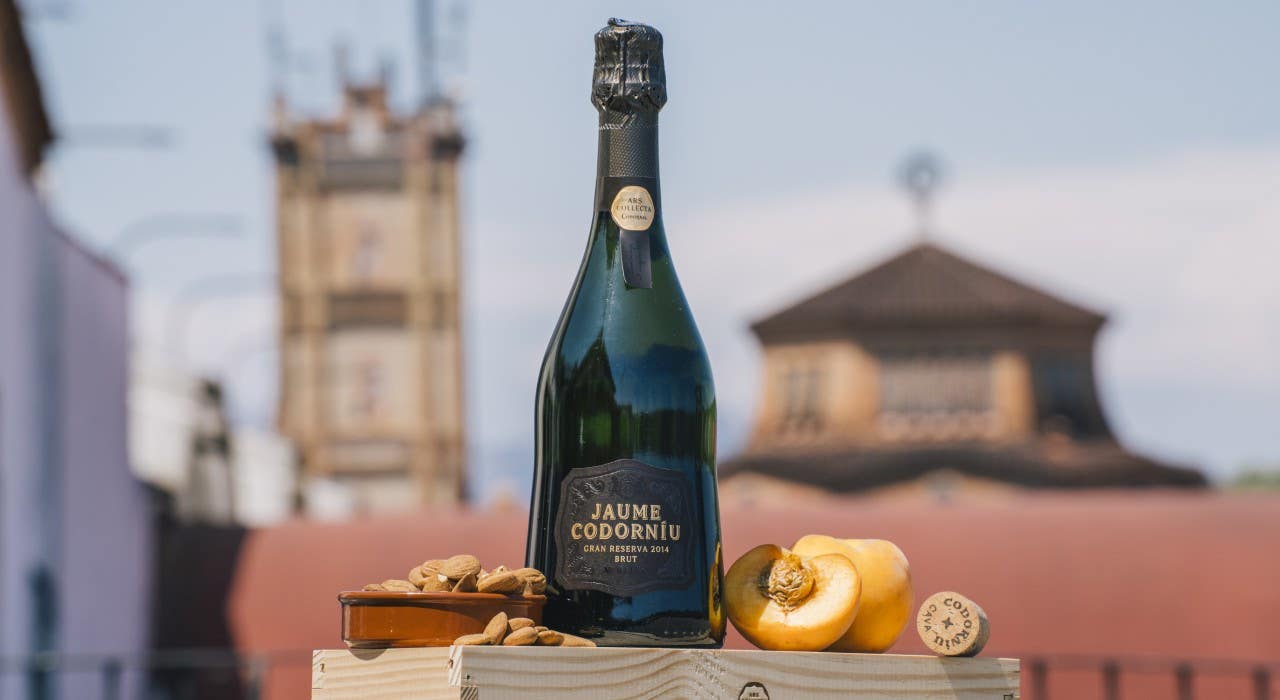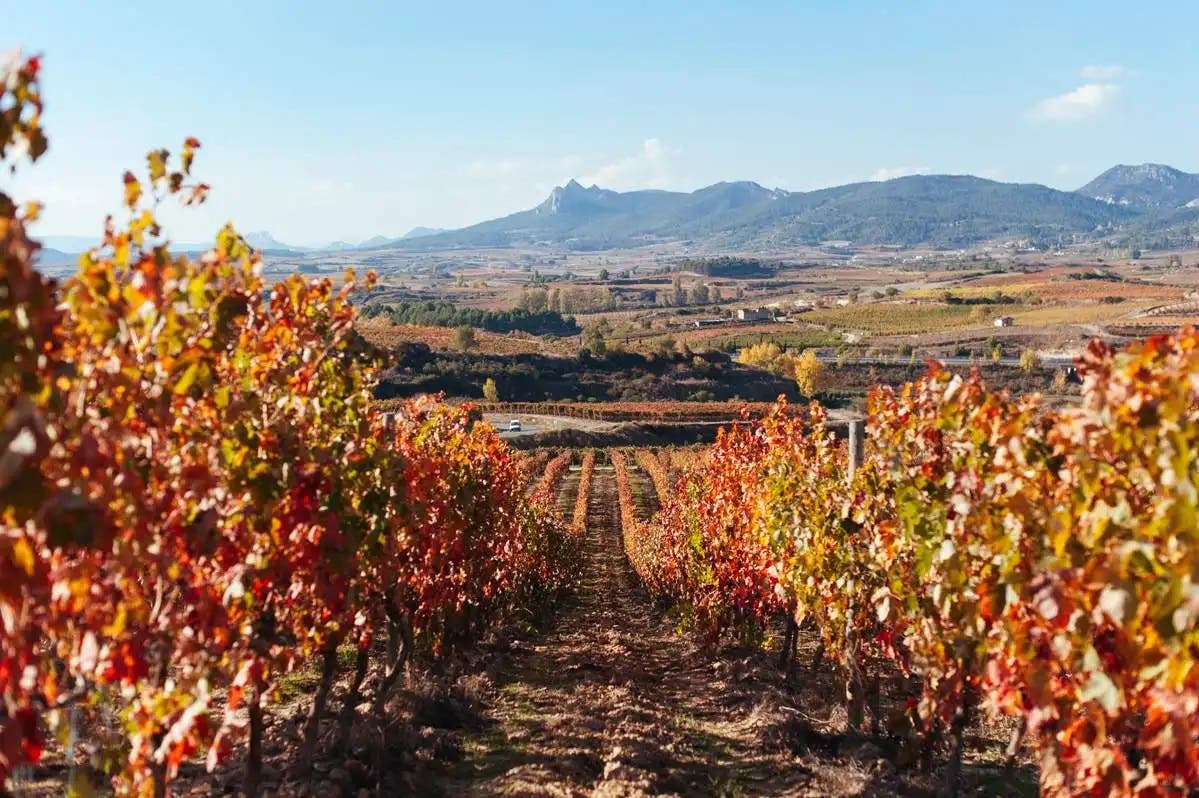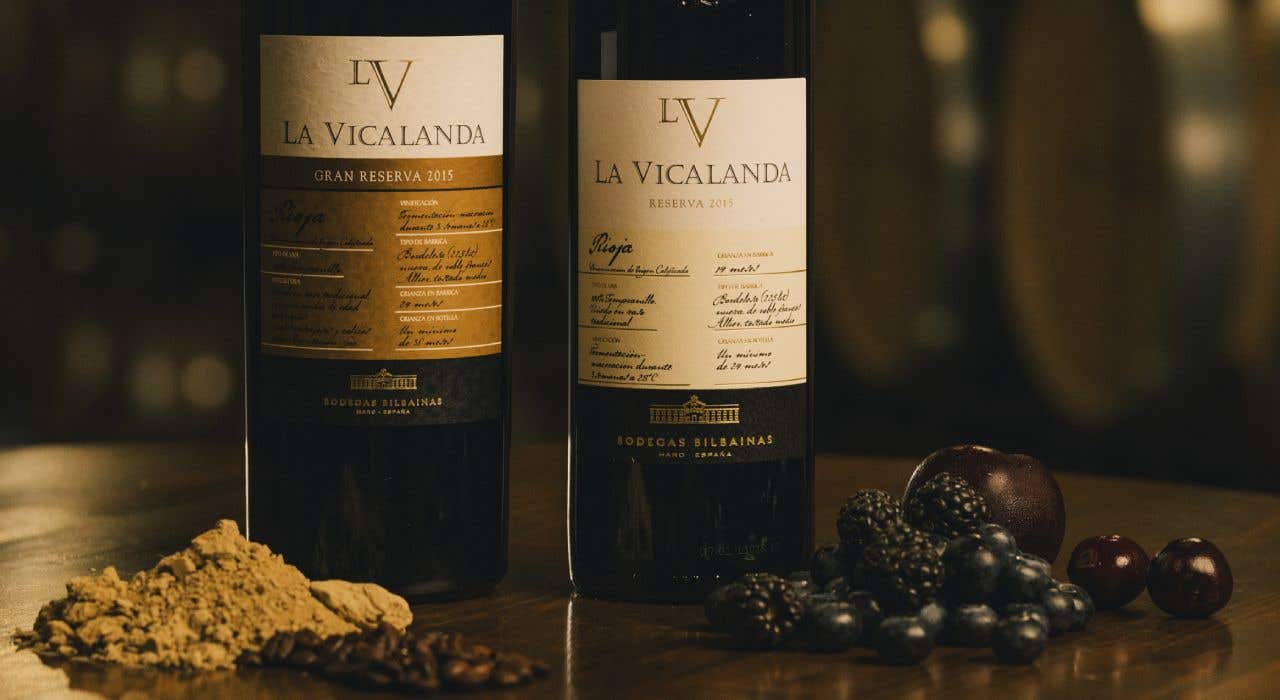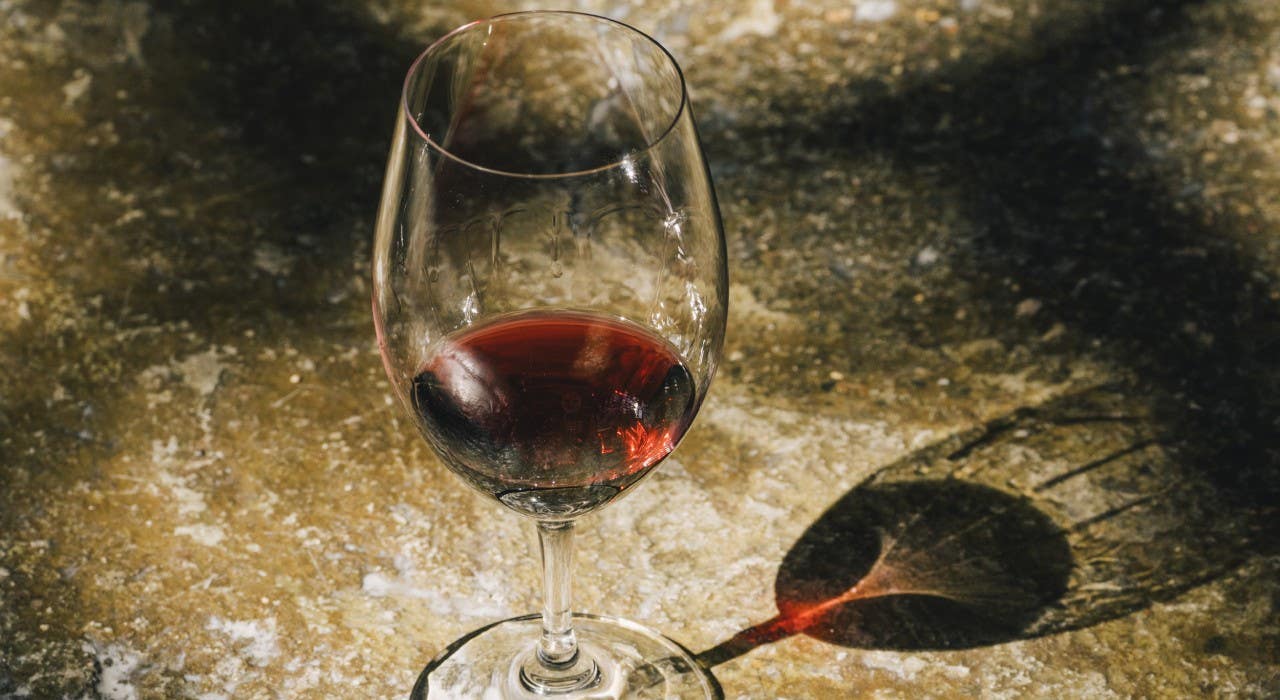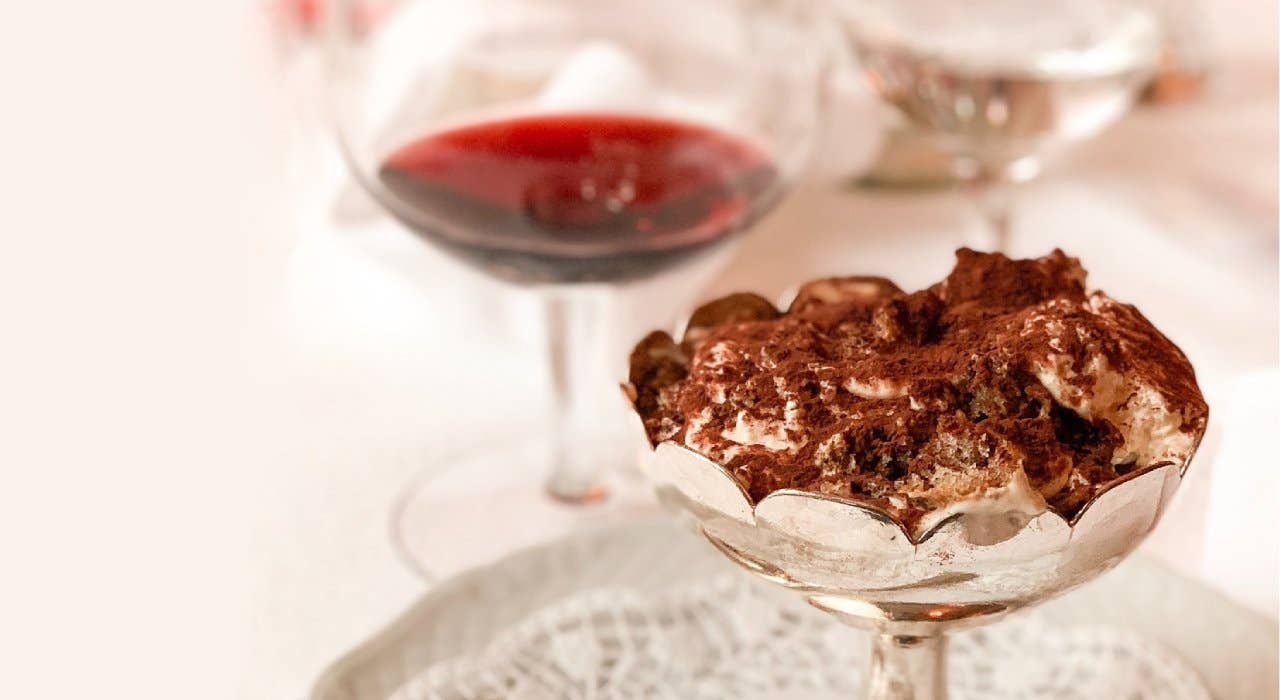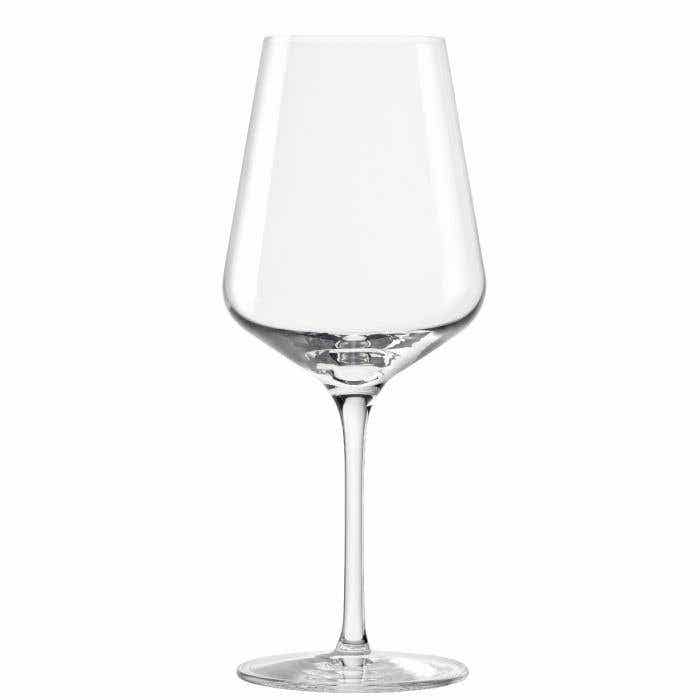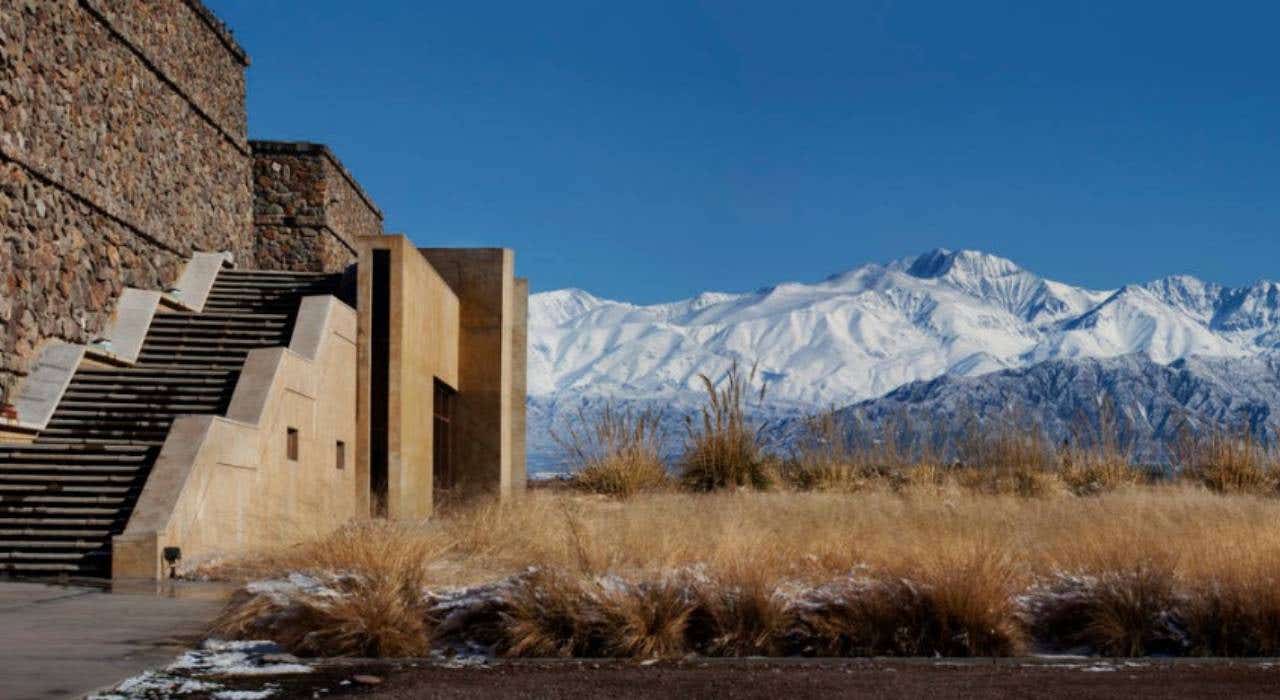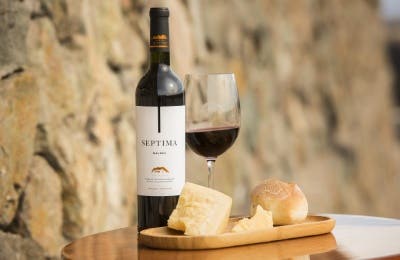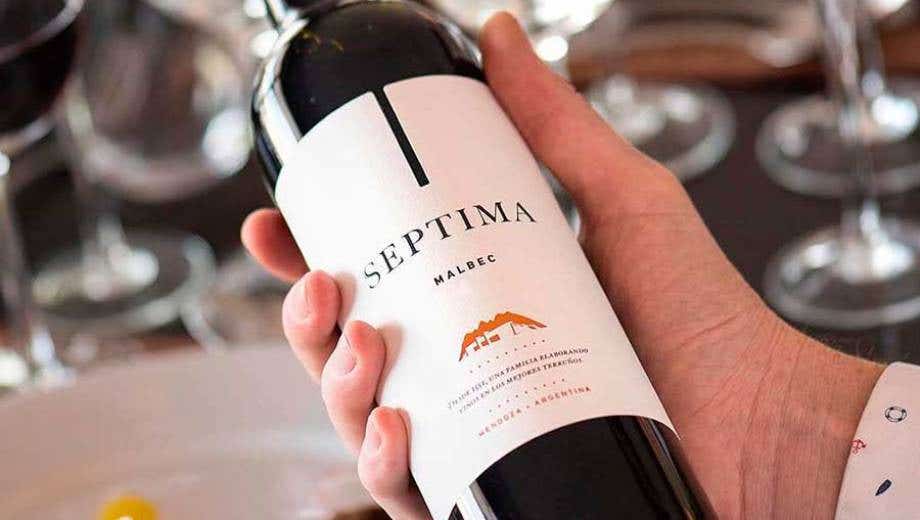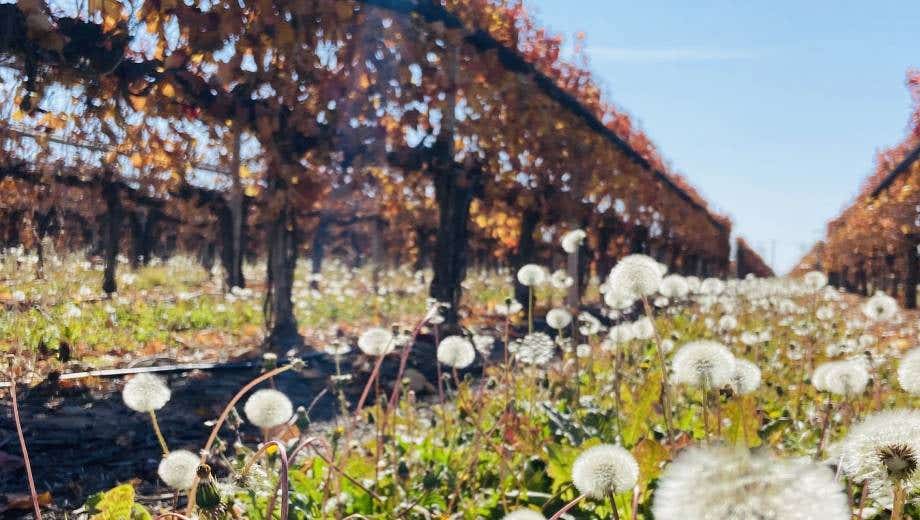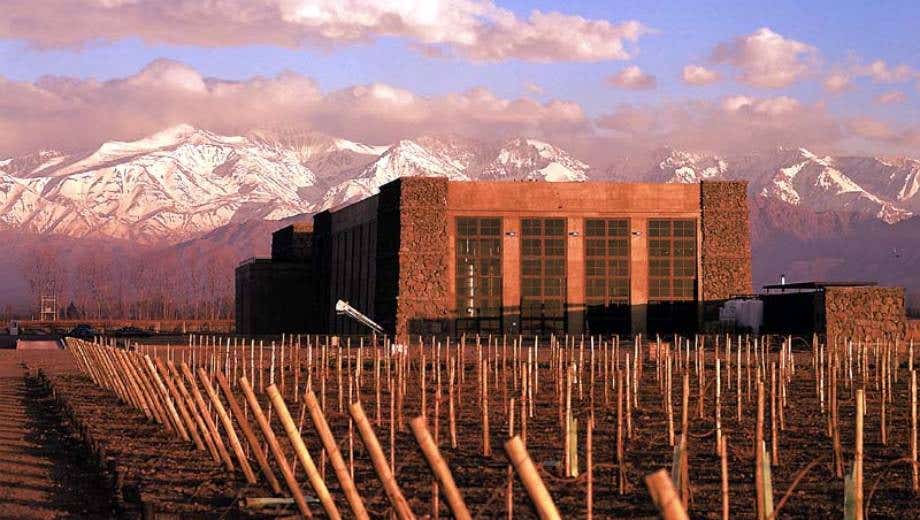Malbec and the legend of tango
The parallelism between a figure of tango and a variety of grape may seem absurd, but they come together on another point too, as they both made a stopover on the way to success. Gardel, born in Toulouse, spent his childhood in Uruguay – according to some of his biographers – before crossing the Río de la Plata to unleash his voice and become the “zorzal criollo"; meanwhile, Malbec, originally from Cahors – a town in the southwest of France – moved to Bordeaux, where it nourished the eminent châteaux of this noble region before the phylloxera epidemic devastated the various types of vineyards in Europe. All this took place at the end of the 19th century. And when the time came to replant the vineyards of Bordeaux, no one remembered it.
The power of malbec in mendoza wines
But as fate would have it, in 1853 – 15 years after the arrival of phylloxera in the Bordeaux vineyard – the French agricultural engineer Michel Aimé Pouget would come to Mendoza with the goal of revolutionising wine production in the Argentine region of Cuyo. This was an official request from the Argentine government, who sensed the region’s winegrowing potential and wanted to study the introduction of noble French varieties.
Monsieur Pouget brought several varieties with him, including Malbec, which adapted very well to the geoclimatic conditions that determine winegrowing in this region, at the foot of the Andes: a considerable altitude – between 800 and 1,000 metres above sea level – with varied soils, mainly clay-limestone and stony, scarce rain, high sunshine and a significant thermal amplitude which favours a slow ripening of grapes, giving rise to the aromatic intensity, colouring and polyphenolic concentration of Mendoza wines.
Malbec, the heart of argentine Mendoza wine
Ever since, Argentine viticulture has granted Malbec pride of place. However, it was not until the 1980s that the real potential of this grape was realised, particularly in the upper Mendoza River area and in the Uco Valley. In Agrelo and Vistalba (Luján de Cuyo) it achieves optimal acidity, great body and ageing capacity; while in the Uco Valley, it develops elegance, subtlety and a dazzling colour.
But good Malbec red wines can also be found in other regions. For example, in the heights of Salta – the highest winegrowing region on the planet, with vineyards planted more than 1,700 metres above sea level – this variety takes on a wilder, deeper and darker profile. And in the surprising Patagonian vineyards (both in Neuquén and the valley of the Río Negro), they develop an astonishing finesse and complexity.
Together, these more than explain why Malbec, with its infinite blackness and expressive sensuality, has become the heart of Argentine Mendoza wines.
- Since
1999, the Raventós Codorníu family has been committed to the qualitative power
of Malbec, establishing the Bodega Séptima, with its Mendoza wines, in one of
the most prized terroirs for the expression of this variety: Agrelo (Luján de
Cuyo, Mendoza).
The wines of the bodega Séptima to discover Mendoza wines
Those hoping to give themselves over to the unique spell of this variety will discover a fantastic opportunity at 15 Bodegas: Vinos Séptima, the winery of the Raventós Codorníu family located in Agrelo (Luján de Cuyo, Mendoza) since 1999, at the foot of the Andes and 1,050 metres above sea level, offers an overview of the diverse nuances that Malbec can express, according to different vinification and ageing techniques.
Within our catalogue at 15 Bodegas, you’ll find the Séptima Malbec: a Mendoza red wine with a contemporary profile – delicious and with great typicity – which is a fantastic option if you’re looking for good wines to gift.
Séptima Obra Malbec aims for complexity, intensity and excellence, through a selection of plots with exceptional characteristics, which you will be able to find in our online shop in the coming months.
Meanwhile, Séptima Gran Reserva is the sublimation of a Mendoza red wine with long ageing, made with a blend of Malbec paired with two varieties that contribute to good ageworthiness – Cabernet sauvignon and Tannat. A great choice if you’re looking for good red wines for all budgets.
